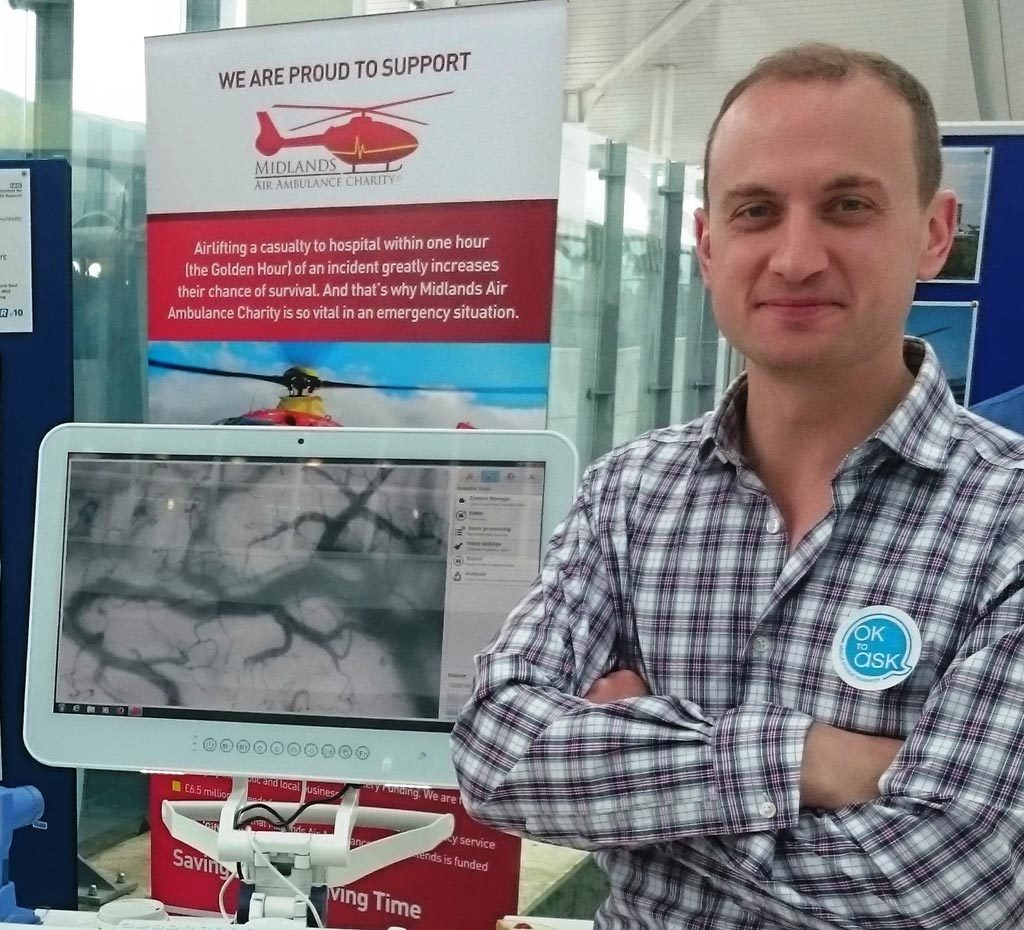
Major David Naumann

Major David Naumann

Major David Naumann
Major David Naumann, a Research Fellow at the NIHR Surgical Reconstruction and Microbiology Research Centre (SRMRC), hopes that studying the circulation of blood in the smallest vessels (the microcirculation) may help guide the treatment of patients who are critically ill.
The MICROSHOCK research is being led by Surgeon Commander Sam Hutchings at Kings College Hospital and was born out of a military project; the first patient to be recruited was treated at Camp Bastion in Afghanistan.
Major Naumann will observe the microcirculation of trauma patients by placing a specially designed hand-held microscope under their tongues. This microscope captures video clips of the tiny blood vessels that can be analysed by a computer to determine how abnormal they are.
Major Naumann explained: “When patients are bleeding due to severe injuries such as those sustained in a car crash or assault, their circulation may shut down because it has lost volume.
“The worrying part of losing blood volume is that not enough oxygen is available to the body since it is the blood that carries the oxygen.
“The body then starts to have oxygen ‘debt’, and the circulation becomes acidic until the oxygen can be restored.
“The oxygen supply and demand is determined by the microcirculation; the tiniest blood vessels in the body in between the arteries and veins. In fact, there is no part of the body more than a millimetre away from the microcirculation. It is the ‘engine’ that keeps the body alive.”
Viewing the microcirculation with a microscope placed under the tongue is a non-invasive and potentially more accurate way of diagnosing failure of the circulation than the traditional methods of measuring blood pressure and heart rate.
Major Naumann added: “When patients are bleeding and are given fluid to replace the lost blood, it is possible that their blood pressure will improve and give false reassurance because there is still a poorly functioning microcirculation.
“Normally that would be hidden and unknown but with the video-microscope this can now be seen.
“It may be useful to know this information during resuscitation in order to guide fluid management, hence the research.”